
Hydro

2020, February, 5, 10:10:00
RUSHYDRO ELECTRICITY PRODUCTION -1%
RusHydro Group announces 4Q and FY2019 operating results
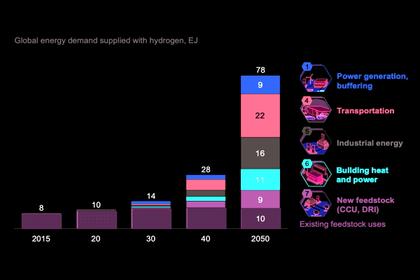
2020, January, 27, 14:20:00
DUTCH HYDROGEN PROJECT 20 MW
"We are ready to move to the next phase of implementing Europe's first large-scale hydrogen plant," Nouryon's head of industrial chemicals, Knut Schwalenberg, said.
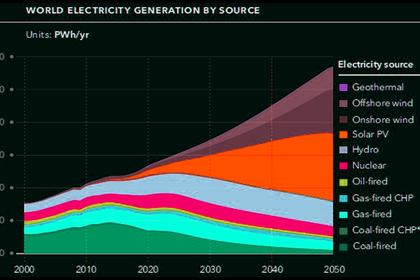
2020, January, 24, 13:10:00
GLOBAL RENEWABLE ELECTRICITY UP 20%
global electric power generation from renewable sources will increase more than 20% throughout the projection period (2018–2050), providing almost half of the world’s electricity generation in 2050. In that same period, global coal-fired generation will decrease 13%, representing only 22% of the generation mix in 2050.
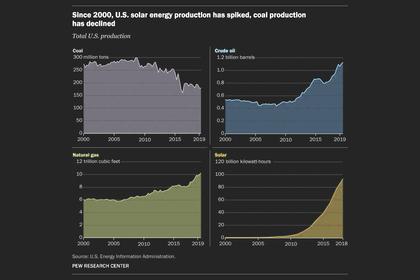
2020, January, 17, 11:00:00
U.S. RENEWABLES UP
Solar and wind power use has grown at a rapid rate over the past decade or so, but as of 2018 those sources accounted for less than 4% of all the energy used in the U.S.
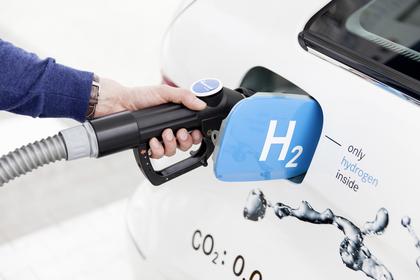
2020, January, 17, 10:40:00
TURKEY WILL USE HYDROGEN
Hydrogen will be part of Turkey's short and long-term goals to ensure the security of energy supply, Dönmez said.
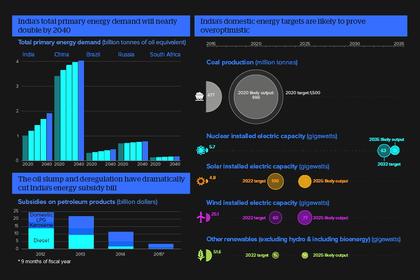
2020, January, 13, 15:20:00
INDIA'S ENERGY DEMAND COULD DOUBLE
Based on current policies, India’s energy demand could double by 2040, with electricity demand potentially tripling as a result of increased appliance ownership and cooling needs.
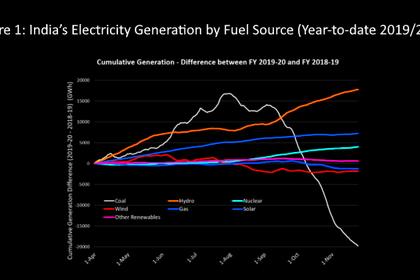
2019, December, 2, 13:20:00
INDIA'S RENEWABLE WILL UP
IEEFA forecasts India's cumulative renewable energy capacity to expand 17% year-on-year to 93.5GW by the end of 2019/20, adding a total of 13.5GW in 2019/20 (relative to just 5.7GW to-date).
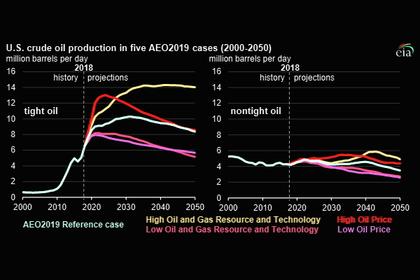
2019, November, 15, 14:00:00
U.S. SHALE FREEZING
Blistering growth in shale fields propelled U.S. crude output to a record 13 million barrels per day (bpd) this month.
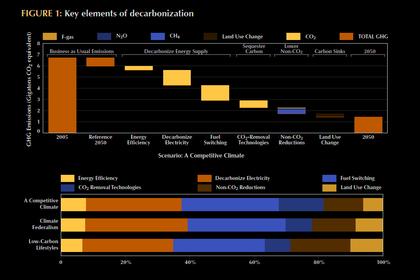
2019, November, 15, 13:45:00
U.S. DECARBONISATION 2050
A U.S. Climate Agenda recommends that a U.S. decarbonization strategy be guided by these key objectives: achieving net-zero emissions no later than 2050,
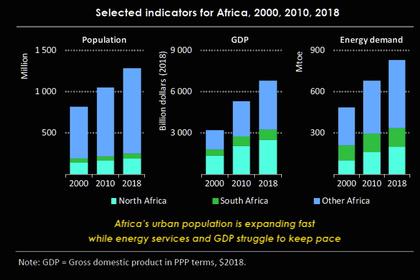
2019, November, 11, 12:50:00
AFRICA'S ENERGY DEMAND GROWTH TWICE
Energy demand in Africa grows twice as fast as the global average, and Africa’s vast renewables resources and falling technology costs drive double-digit growth in deployment of utility-scale and distributed solar photovoltaics (PV), and other renewables, across the continent.
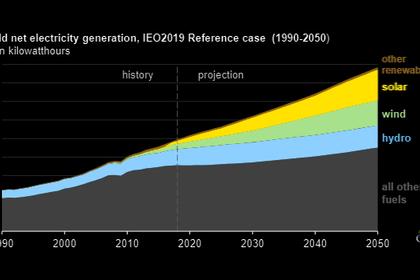
2019, October, 4, 09:55:00
2050: RENEWABLES WILL BE HALF
EIA projects that renewables will collectively increase to 49% of global electricity generation by 2050. Of the top three renewable sources, EIA expects solar’s share of generation to grow the fastest and hydroelectric’s share to grow the slowest.
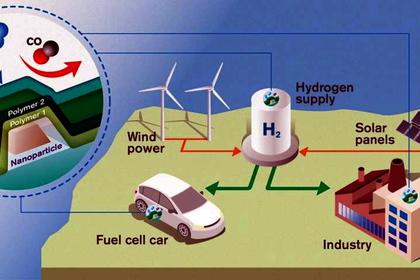
2019, September, 16, 14:15:00
U.S. HYDROGEN NUCLEAR POWER
A project to demonstrate the production of hydrogen in integrated energy systems at US nuclear power plants is one of three selected by the US Department of Energy (DOE) to receive a share of USD15 million in its latest announcement of project selectees.
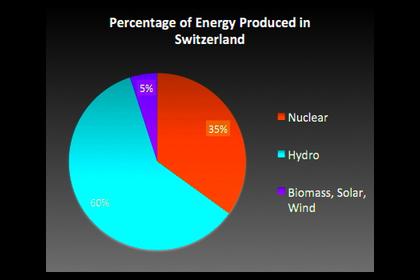
2019, September, 2, 12:20:00
SWITZERLAND WILL CUT EMISSIONS TO ZERO
The Swiss government has announced it will cut its greenhouse gas emissions to a net-zero level by 2050. According to Swiss government statistics, about 60% of Switzerland's electricity generation comes from renewable sources, most of it from hydro (56.6%). Nuclear contributes about 37.6% and about 2.5% comes from fossil fuels.
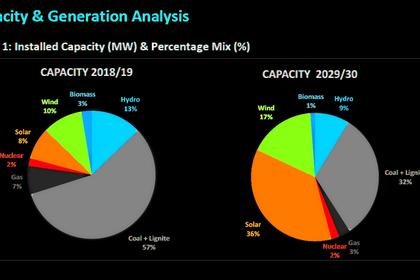
2019, July, 20, 12:05:00
INDIA'S RENEWABLE WILL 60%
India is likely to obtain 63% of its installed power capacity from non-fossil fuel sources (including hydro) by 2029-30, according to the Central Electricity Authority (CEA). This would significantly exceed the country’s Paris agreement target of a 40% share of installed power capacity from non-fossil fuel sources by 2030.
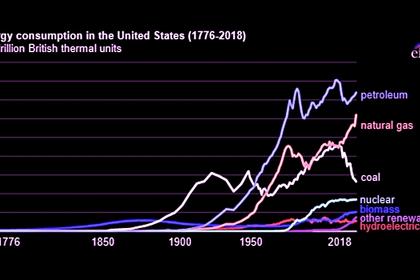
2019, July, 2, 14:30:00
U.S. FOSSIL FUELS UP
Fossil fuels—petroleum, natural gas, and coal—have accounted for at least 80% of energy consumption in the United States for well over a century.




